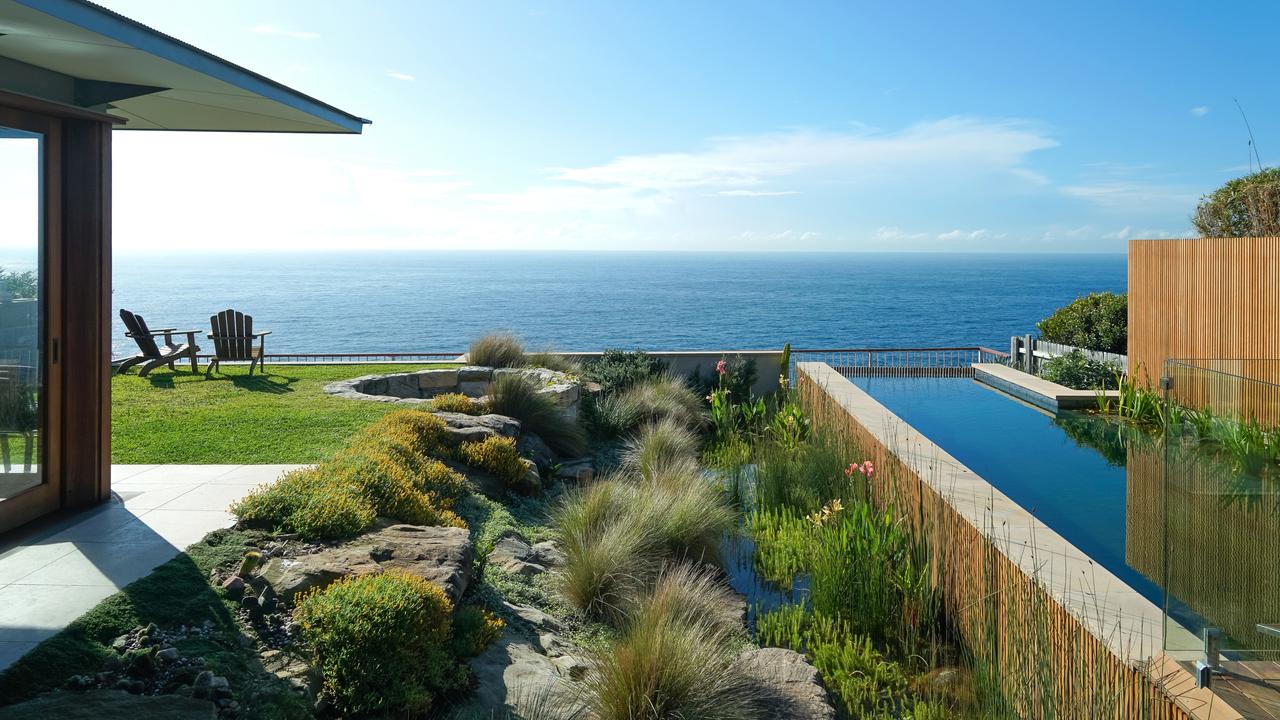Lady Gaga: superstar’s outfit inspires fern scientists
Go Gaga over new plants at the Royal Botanic Gardens’ Sydney Fernery.

If you haven’t yet seen one of the fern species named after superstar Lady Gaga, you can check out the recently refurbished Sydney Fernery at the Royal Botanic Gardens, Sydney.
Gaga monstraparva (referencing, in Latin, Gaga’s affectionate name for her fans, Little Monsters) was named by scientists with a rare sense of humour. It is one of 19 species in a recently named genus of ferns from the US and Mexico.
Why Gaga? The researchers often listen to her music while working; a repeated DNA sequence of the fern spells out G-A-G-A; and a green, heart-shaped Armani dress she has worn, pictured, bears a striking resemblance, if you are a fern biologist, to a fern gametophyte. The Sydney Fernery also features the world’s biggest fern, a rare local species, Angiopteris evecta. Open 9am to 4.30pm daily. It’s free.
Readers’ Q&A
Two camellias, planted into heavy clay six years ago, are spindly compared with others thriving nearby in better quality, prepared soil. Can I retrospectively improve the poor soil with Seasol, worm juice and fertiliser? Would it be better to pot them, improve the soil, then put them back? - JANINE STUBBS, BY EMAIL
You’ll get minor improvement with worm juice and Seasol but fertiliser won’t change the soil structure. Gypsum improves some clay soils; quantities of organic matter amend all clay soils. Applied on top, they eventually work in but not that deeply. If the plants are still small, you’d get a better result if you lift them out, improve the soil and replant them. Do this in autumn or winter, removing any flower buds.
We have 30cm to 60cm of sawdust after grinding a gum tree stump. How do we prepare the soil before planting an ornamental tree? - JAN BRAMMY, CUDLEE CREEK, SA
Stump grindings are sawdust and unsuitable for growing plants. Remove them or stockpile them for a few months, adding high-nitrogen fertiliser to replace nitrogen drawn from the soil as woody materials decompose. You can use the finished product as a light layer on garden beds. If a large hole remains after clearing the stump grindings, buy premium soil mix to fill it, otherwise improve soil with manure and compost before planting.
When is the best time to prune the lillypillies I am growing into a hedge? - JACQUI LAGALUGA, BY EMAIL
You can prune them any time. If flower buds are forming you’ll sacrifice the flowers and fruit, but this will force more leaf growth. To form a dense hedge, prune little and often, removing the tips of shoots on the top and sides of the hedge.
Many years ago we had lovely blue water lilies in our small pond in Glenelg. My daughter is trying to find some but we’re told the only blue ones are tropical. Clearly this isn’t true. Can you help? - RALPH WOOD, ADELAIDE
Temperate water lilies flower close to the water surface and can withstand freezing water. They can be white, yellow, pink, red and peachy colours. Subtropical and tropical types bear their blooms high out of the water and include mauves, purples and blues. They will grow in coastal areas as far south as Melbourne although some varieties are more cold-tolerant than others. A warm position with sun all day helps.
Send your questions to: helenyoungtwig@gmail.com or Helen Young, PO Box 3098, Willoughby North, NSW 2068. Website: helenyoung.com.au. The best question for November wins the indispensable new 44th edition of Yates Garden Guide ($40) plus $40 worth of Yates organic seeds and garden products.




To join the conversation, please log in. Don't have an account? Register
Join the conversation, you are commenting as Logout